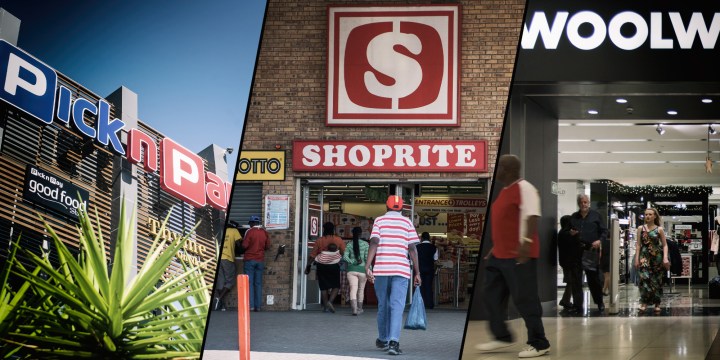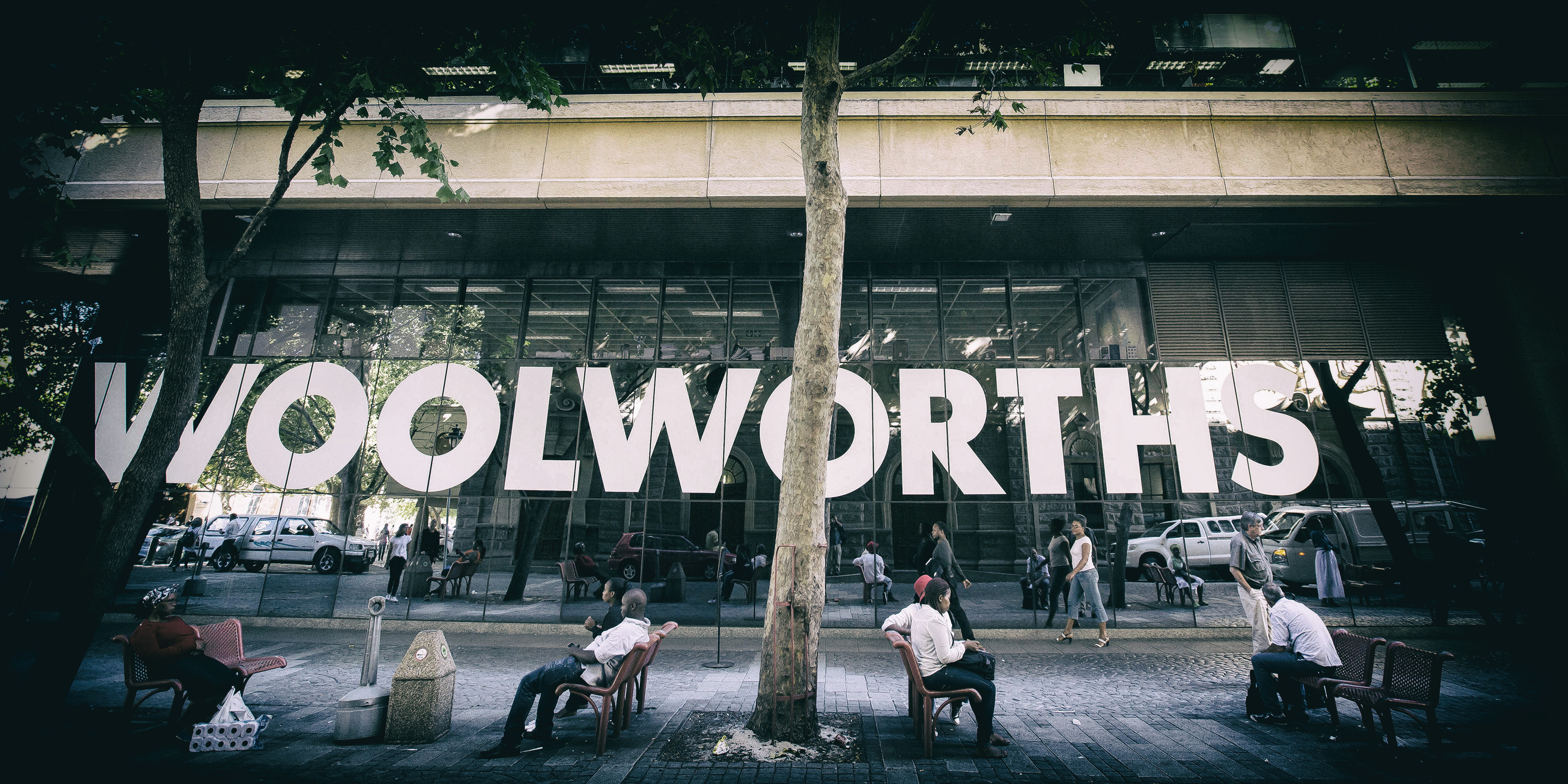AFTER THE BELL
Pick n Pay and the everlasting shopping centre conversation

The bigger question is whether the shopping centre groups are good investments as holistic entities — and I’m afraid the answer to that, generally speaking, is no.
There are different types of conversations that we all have. For middle-class South Africans, there is the “political conversation”, in which the words “Eskom” and “kak” often feature. There is the braai conversation, in which the performance or underperformance of sports teams is crucial. For people with sprogs, there is the schools conversation, and of course, there is the shopping conversation.
The shopping conversation often involves an intense and passionate match-up between stuff that completely flies over my head: cheeses, sizes, packaging, choice, fresh produce, instant meals, chopped melons, sushi and coffees. It’s endless, so endless, I just switch off. (Of course, sometimes the political conversation and the shopping conversation collide, like in lockdown when Minister Ebrahim Patel — and precisely no one else — thought it would be a good thing for us to have, simultaneously, crop pants and boots.)
All of South Africa’s supermarkets seem absolutely fine to my completely undiscriminating eye. I recently visited what is apparently the flagship Pick n Pay store, on the William Nicol in Sandton. It looked fine. It seemed very much like Pick n Pays everywhere, although, of course, it wasn’t. Apparently, they have sushi. It’s a thing.
From the point of view of investors, SA’s supermarkets obviously go through periods when one or the other seems to be gaining on its competitors. Recently, the Shoprite group seems to have been seizing the upper hand, and that certainly tallies with the supermarket conversations in which I have been a somewhat disengaged participant. On a three-year measure, Shoprite is up by about 60%, which is really good going. Woolworths, which for all its castigation in “the shopping centre conversation”, is actually not doing too badly, and is up by about 10%. Pick n Pay is flat and Spar gets the wooden spoon.

(Photo: Halden Krog / Bloomberg via Getty Images)
But here is the odd thing: if you take a longer-term view, say over 10 years, Pick n Pay is the winner, and is up by about 40%. Shoprite is also up, but by much less, about 25%, suggesting its recent rise is more catch-up than winning. The laggard, for all the reasons we know about (hello, Australia) is Woolies. But even Woolies is trading more or less flat over 10 years.
The longer-term share price movements suggest the supermarket sector is actually nicely competitive and pretty stable; one group pulls ahead for a time, but the others catch up. Working strategies by one or other of the groups get implemented fast by its competitors and the advantage is nullified. As consumers, this is what we want: engagement, active management and competition.
Visit Daily Maverick’s home page for more news, analysis and investigations
One of those advantages we saw in Pick n Pay’s interim results on Monday, and that is the store-range split. I have often wondered why the Shoprite group has maintained the Shoprite, Checkers and OK brands. Surely, it would be advantageous to merge them, just from a marketing point of view?
But for the first time, Pick n Pay separated out sales of its Boxer stores, and they are flying. Boxer sales are up by 27% and the group is opening stores at a furious rate. The stores now constitute about 25% of turnover. The Boxer brand is flying so high, there was a very ironic re-evaluation of the group, and Pick n Pay’s share price got really thumped, dropping by almost 10%.
My colleague The Finance Ghost has a theory about why this happened. Until now, financial analysts had to guess what proportion of sales was made up by Boxer and they were probably underestimating it. Now that is clear, it’s obvious that the flagship main brand has been supported by Boxer more strongly than most realised. This means that the inroads made by Shoprite recently are probably more dramatic than most people realised. Hence, Pick n Pay as a group, already pretty expensive, is probably weaker as a whole.
Actually, if that is the case, I think it’s less of a problem than the market drubbing suggests. All of the groups are discovering that having a different entry point in respect of price and range is helpful. When times get tough, people tend to trade down a bit. Being represented over the full range to capture customers as they adjust their shopping habits acts as a kind of hedge. And Pick n Pay is enhancing this strategy with the QualiSave idea, which will split Pick n Pay stores into two groups, one focusing on range and quality and the other on price.
The bigger question is whether the shopping centre groups are good investments as holistic entities — and I’m afraid the answer to that, generally speaking, is no. For the company’s share price to improve by 25% in 10 years is a little sad. I suspect much of the upside has been wiped out of the stores entirely by Clicks and DisChem, which is where the big growth has happened over the longer term. It’s just easier to make money off shampoo than it is from selling lettuce.
But hey, at least it makes for great conversation. DM/BM

















 Become an Insider
Become an Insider
Take!
That article had nothing relative to what the title and intro hinted.
#Doosasity
Twak!
That article had nothing relative to what the title and intro hinted.
#Doosasity